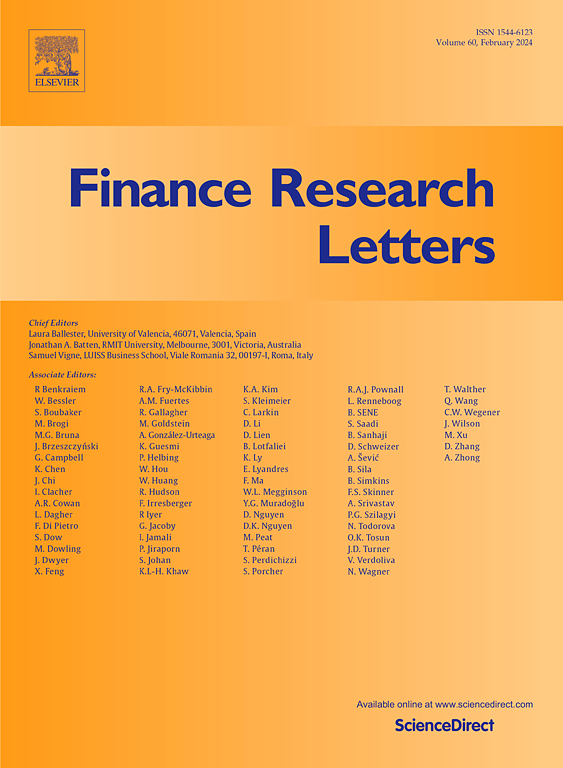创新的秘诀:开放性、适宜性和环境不确定性的构型分析
IF 6.9
2区 经济学
Q1 BUSINESS, FINANCE
引用次数: 0
摘要
本研究将开放悖论与创新的语境引入利用-探索困境框架。通过对247家中国制造企业的模糊集定性比较分析,研究了开放性(创新广度和深度)、适宜性(价值获取水平)和环境(市场和技术)不确定性维度之间的交互效应。研究发现,开发型创新有1个配置(配置I),探索性创新有3个配置(配置R1、R2和R3),双灵巧型创新有1个配置(配置A),揭示了特定的因素组合支持特定的创新。本研究强调了开放性悖论和创新情境在实现特定创新中的协同作用,论证了环境不确定性如何支持开放性和适宜性的各种组合的有效性,并将开放性悖论作为一种配置挑战进行整合。本文章由计算机程序翻译,如有差异,请以英文原文为准。
Recipes for innovation: A configurational analysis of openness, appropriability, and environmental uncertainty
This study introduces the context of the openness paradox and innovation into the exploitation–exploration dilemma framework. Applying a fuzzy-set qualitative comparative analysis to 247 Chinese manufacturing companies, we examine the interaction effects between openness (innovation breadth and depth), appropriability (level of value capture), and environmental (market and technological) uncertainty dimensions. Findings identify one configuration for exploitative innovation (configurations I), three for exploratory innovation (configurations R1, R2, and R3), and one for innovation ambidexterity (configurations A), revealing that specific combinations of the factors support specific innovations. This study emphasizes the synergy between the openness paradox and innovation context in achieving specific innovations, demonstrates how environmental uncertainty support the effectiveness of various combinations of openness and appropriability, and integrates the openness paradox as a configurational challenge.
求助全文
通过发布文献求助,成功后即可免费获取论文全文。
去求助
来源期刊

Finance Research Letters
BUSINESS, FINANCE-
CiteScore
11.10
自引率
14.40%
发文量
863
期刊介绍:
Finance Research Letters welcomes submissions across all areas of finance, aiming for rapid publication of significant new findings. The journal particularly encourages papers that provide insight into the replicability of established results, examine the cross-national applicability of previous findings, challenge existing methodologies, or demonstrate methodological contingencies.
Papers are invited in the following areas:
Actuarial studies
Alternative investments
Asset Pricing
Bankruptcy and liquidation
Banks and other Depository Institutions
Behavioral and experimental finance
Bibliometric and Scientometric studies of finance
Capital budgeting and corporate investment
Capital markets and accounting
Capital structure and payout policy
Commodities
Contagion, crises and interdependence
Corporate governance
Credit and fixed income markets and instruments
Derivatives
Emerging markets
Energy Finance and Energy Markets
Financial Econometrics
Financial History
Financial intermediation and money markets
Financial markets and marketplaces
Financial Mathematics and Econophysics
Financial Regulation and Law
Forecasting
Frontier market studies
International Finance
Market efficiency, event studies
Mergers, acquisitions and the market for corporate control
Micro Finance Institutions
Microstructure
Non-bank Financial Institutions
Personal Finance
Portfolio choice and investing
Real estate finance and investing
Risk
SME, Family and Entrepreneurial Finance
 求助内容:
求助内容: 应助结果提醒方式:
应助结果提醒方式:


